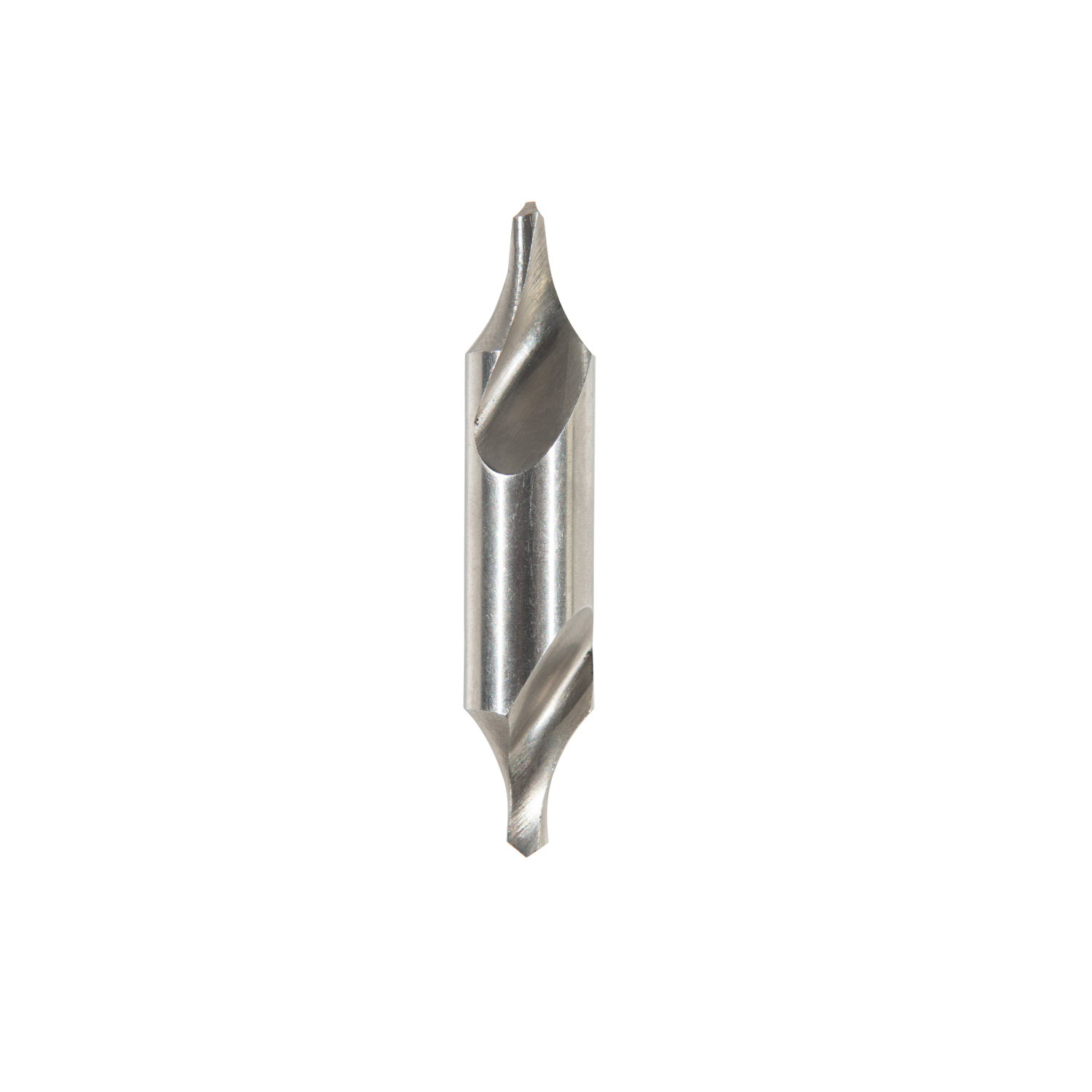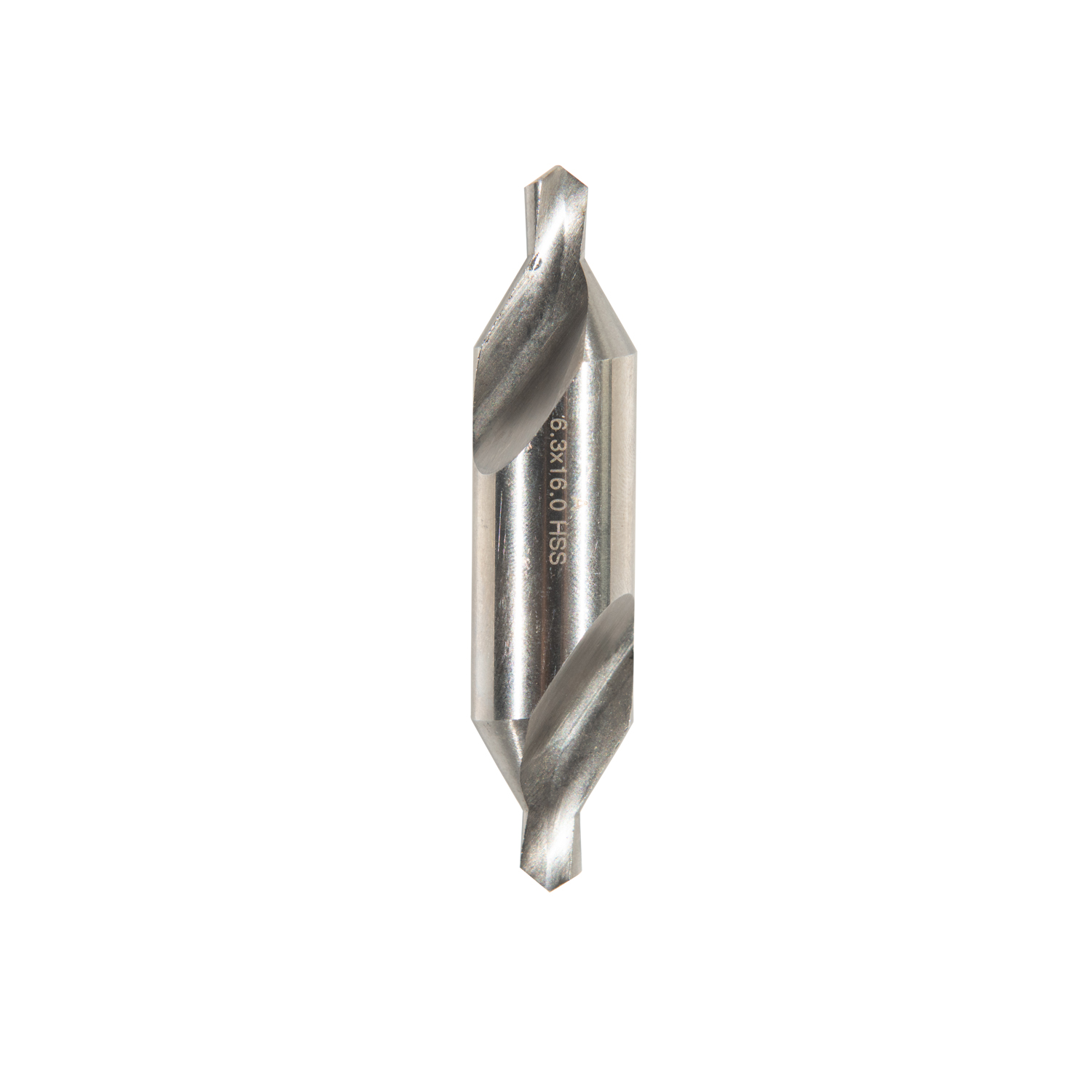Corn is an important field crop in China. However, the occurrence of armyworms and mites has seriously affected the yield of corn. This article will introduce the hazard characteristics of armyworms and mites in corn fields in detail.
Corn armyworm:
1. Types of pests: Lepidoptera, Noctuidae, also known as army worms, shaving worms, and pupa.
2, morphological characteristics
Larva: The larva has a black-shaped figure on the top of the head. The head is brownish brown to reddish brown. The 2-3 instar larvae are yellowish to taupe, or dark red. The larvae above 4 years old are mostly black or grayish black. There are five back lines on the body, so it is also called the five-color bug. There are black brown lines on the outside of the gastropod, and there are obvious white lines on the valve.
蛹: reddish-brown, shiny, abdomen 5-7 knots on the back front edge each has a list of teeth.
Adult: body length 17-20 mm, light gray brown or yellowish brown, male moth is darker. There are two khaki round spots on the fore wing, a small white spot on the outside of the outer round spot, a small black spot on each side of the white point, and a dark brown twill on the top corner of the wing.
Egg: The egg is about 0.5mm long and has a skull shape. It is white and shiny when it is first born. The color gradually deepens and it will be black when it hatches. The egg granules are arranged in a single layer in a row.
3. Hazard characteristics
Corn armyworms use larvae to overeat corn leaves. When they occur seriously, they eat light leaves in a short period of time, resulting in reduced yield or even no harvest. The symptoms are mainly caused by larvae biting the leaves. The 1-2 instar larvae feed on the leaves to cause holes, and the larvae above 3 years old have irregular nicks after the leaves are damaged. When eating over the sun, they can eat light leaves. When the big occurrence occurs, the corn leaves are eaten up, leaving only the veins, causing severe reduction or even failure. When a piece of corn is eaten up, the larvae often move into a group of fields and become a victim of the field. Generally, the terrain is low, the corn plants are uneven, and the weeds are heavily damaged.
Corn grits:
1. Pest species: It belongs to the order Lepidoptera, Coleoptera, common name corn borer, corn worm, millet, worm, and worm.
2, morphological characteristics
Larva: The mature larvae are 20-30mm in length, cylindrical, dark brown in the head, and have a light brown, dark brown, grayish yellow, etc. on the back. There are 4 hairy tumors on the back of the middle and back chest, and the abdomen is 1-8. There are two rows of hairy tumors on the back of the section, two in front and back, and the abdomen toe hook is missing the ring.
蛹: 15-18 mm long, yellow-brown, long-spindle-shaped, with 5-8 bristles at the end.
Adult: yellow-brown, male moth body length 10-13 mm, wingspan 20-30 mm, body back yellow-brown, ventral end thinner, tentacles filamentous, taupe, anterior wing yellow-brown, two brown wavy stripes There are two yellow-brown short lines between the two lines, and the hind wings are gray-brown; the female moth is similar in shape to the male moth, the color is lighter, the front wings are bright yellow, the lines are light brown, the hind wings are yellowish brown, and the abdomen is obese.
Eggs: flat oval, several to dozens of egg masses, arranged in fish scales, initially milky white, gradually yellowish white, part of the egg before hatching is dark brown (for the head of the larva, called the blackhead period).
3. Hazard characteristics
Corn borer can damage the aerial parts of corn plants during various growth stages of corn, feeding on leaves, ears and tassels. The larvae are mostly five instars. Before the third instar, they mainly concentrated on the young heart leaves, tassels, eucalyptus leaves and filaments. After the damaged heart leaves were unfolded, many horizontal rows of small holes were formed. After the fourth age, most of the drills were drilled. Into the stalk. The damage of corn borer is mainly because the leaves are eaten by larvae, which will reduce their photosynthetic efficiency; the tassels are easily smashed and often break, affecting pollination; the leaves and filaments are foraged, which will cause granules and stalks; After the stalk, ear stem and cob are foraged, a tunnel is formed to destroy the water and nutrient transport in the plant, so that the stalk rate is increased and the grain yield is decreased.
Center Drill Bit is also known as Slocombe Drills, Centre Drills were originally designed to create the countersink required to locate a tailstock centre when turning between centres. They have a point angle of 60° to match the angle of a Tailstock Centre.
A Centre Drill can also be used to provide a start location for a drill when drilling down the centre of a bar held in a Lathe chuck. Centre Drills are short and rigid enough to mark the bar centre without wandering off if they are carefully offered up to a rotating work-piece.


Carbide Center Drills,Hardware Tool Step Drill Bit,Wooden Box Packed Drill,Hss Center Drill Set
Behappy Crafts (suzhou)Co.,Ltd , https://www.haoyuebehappy.com